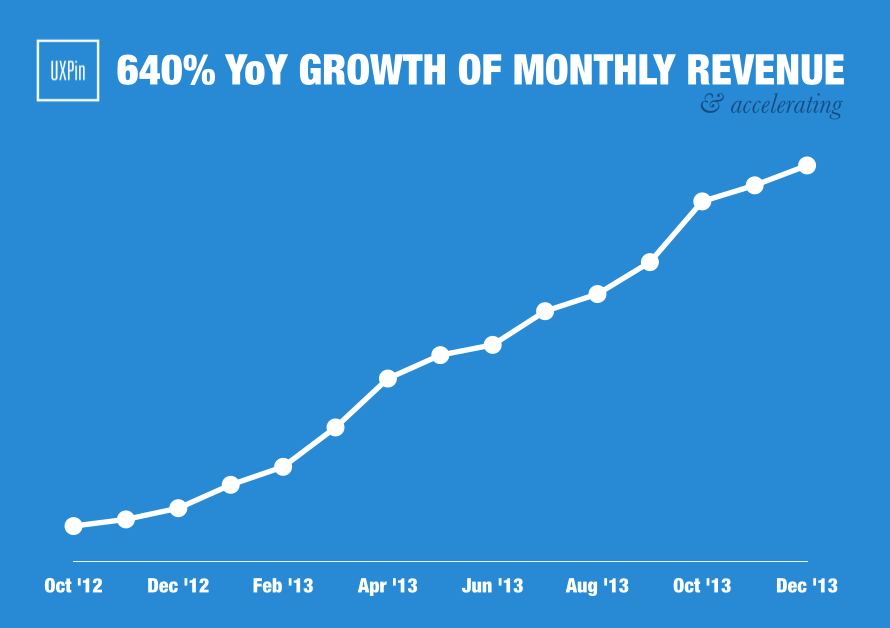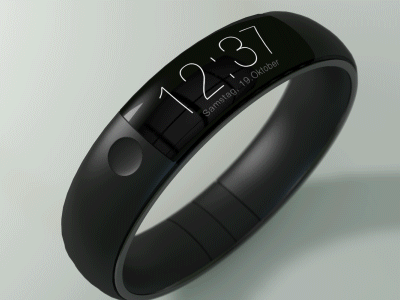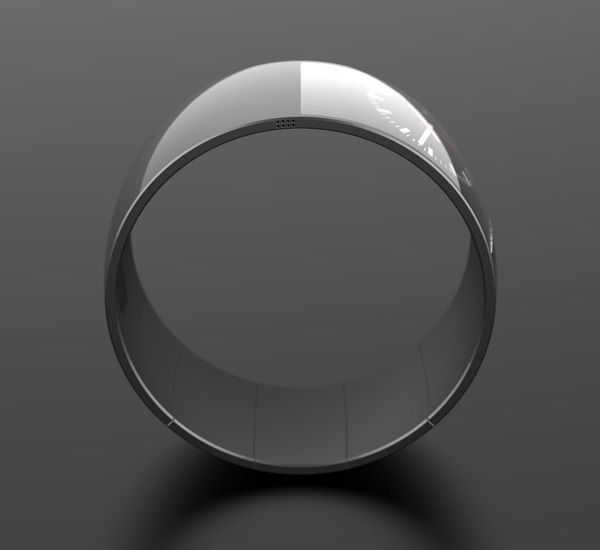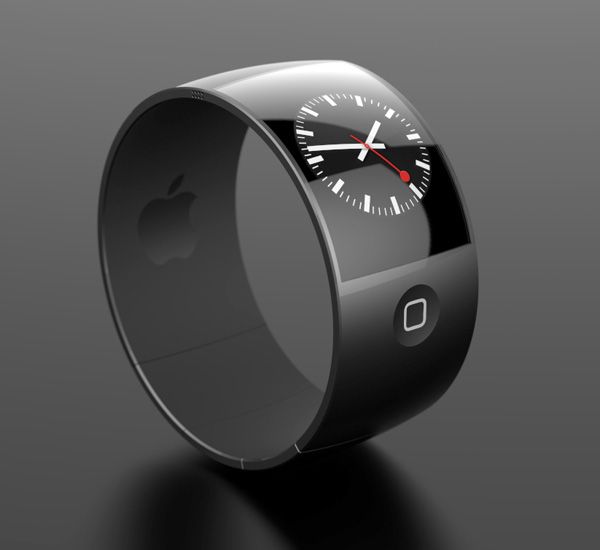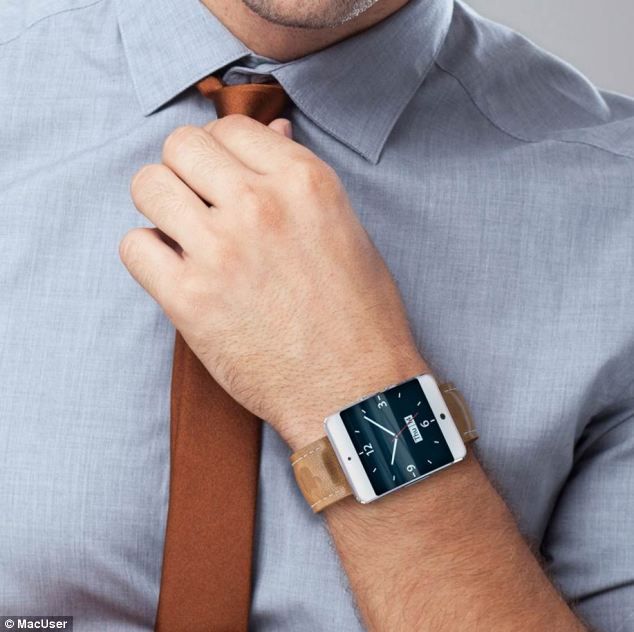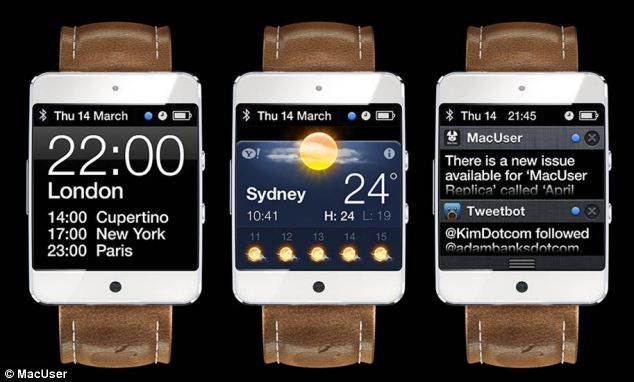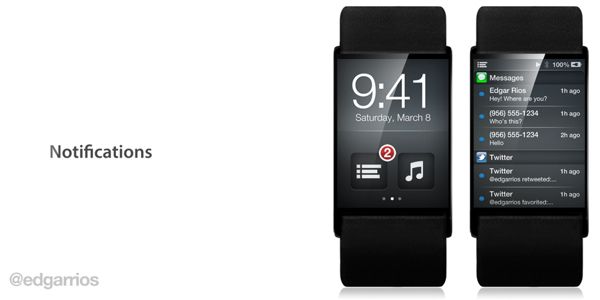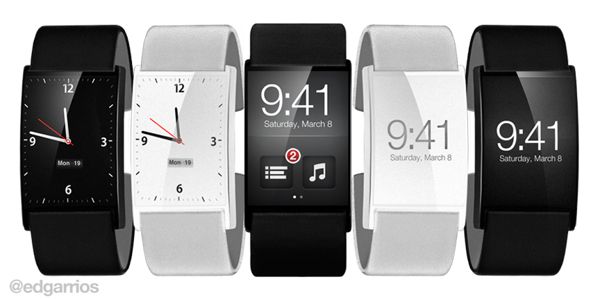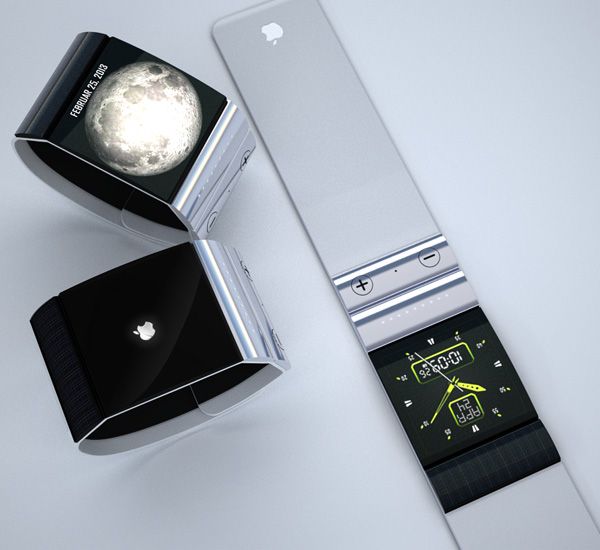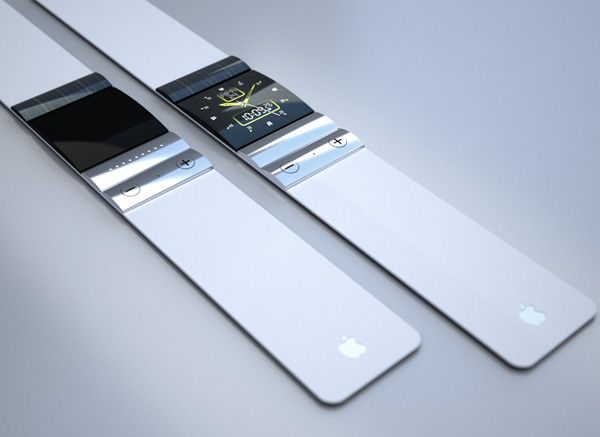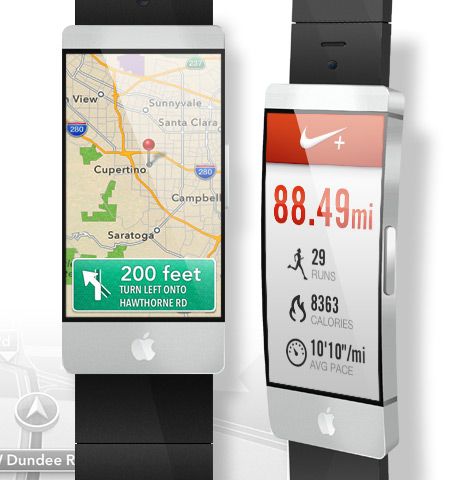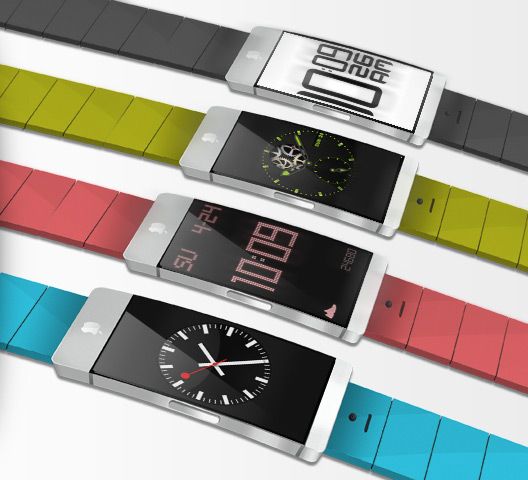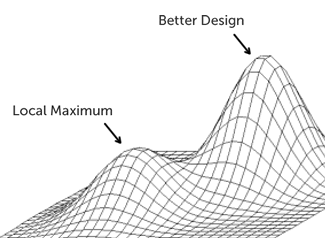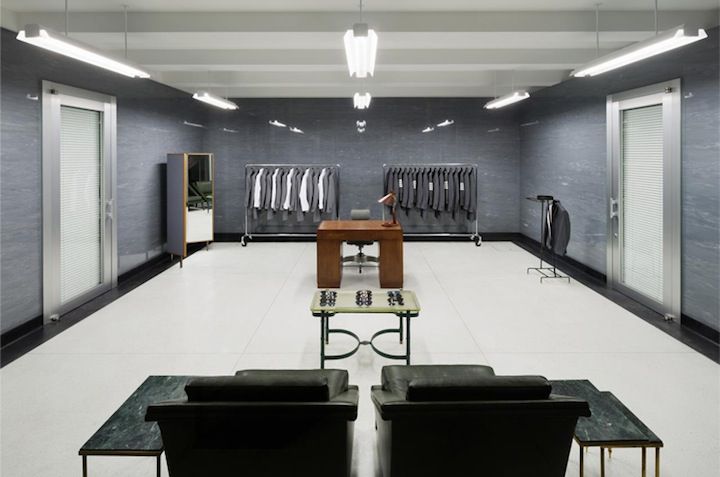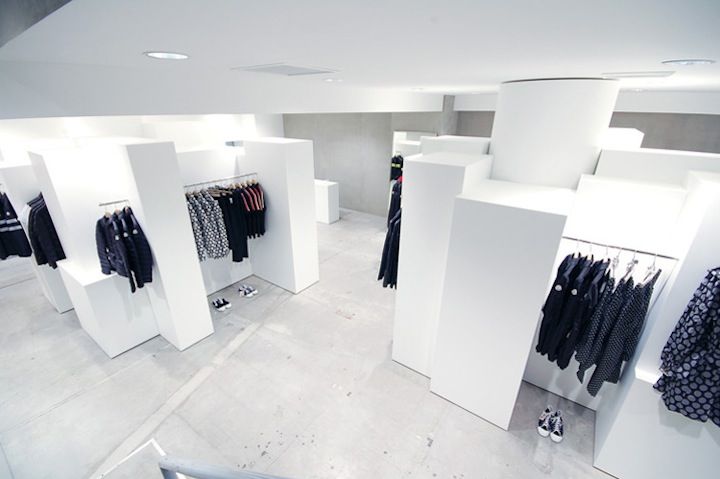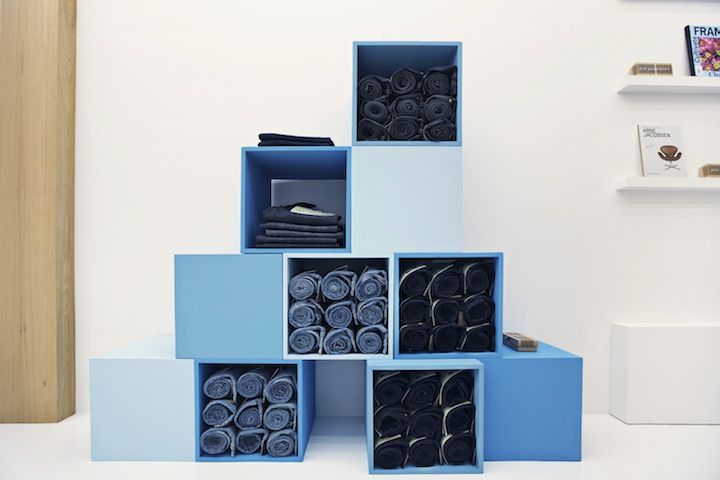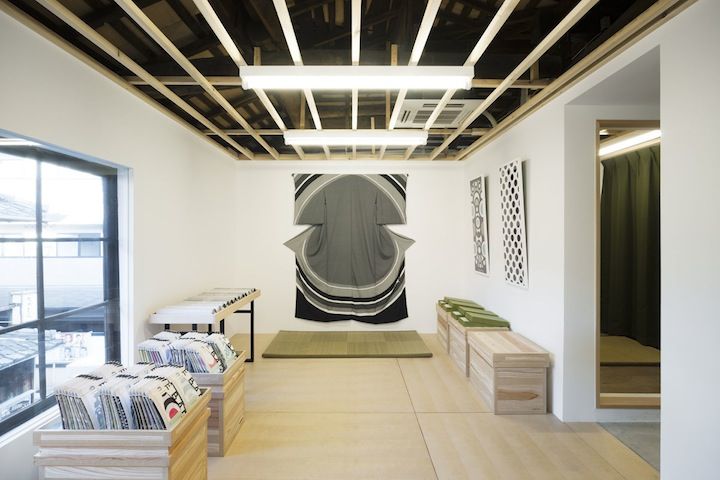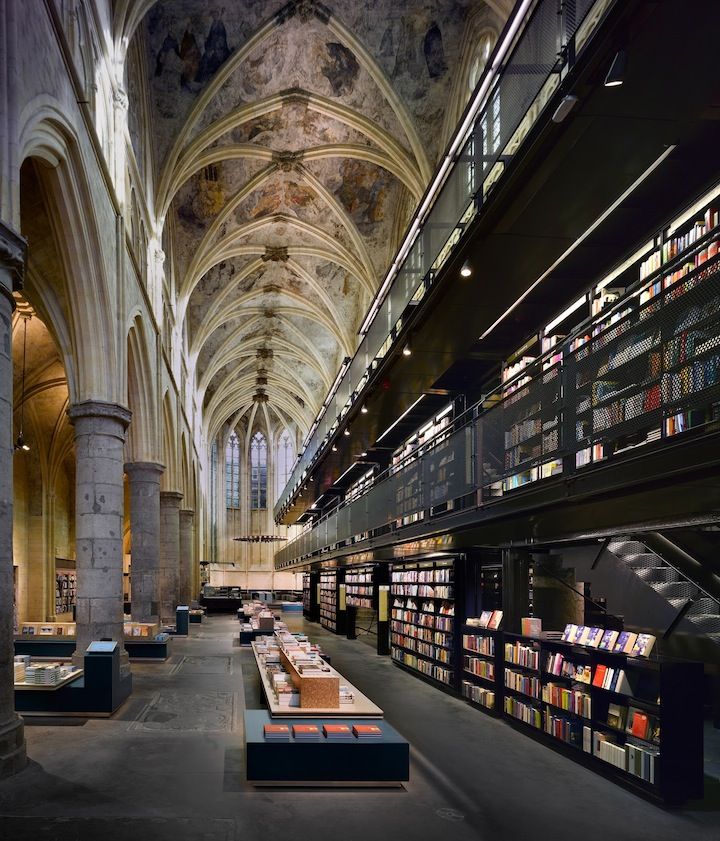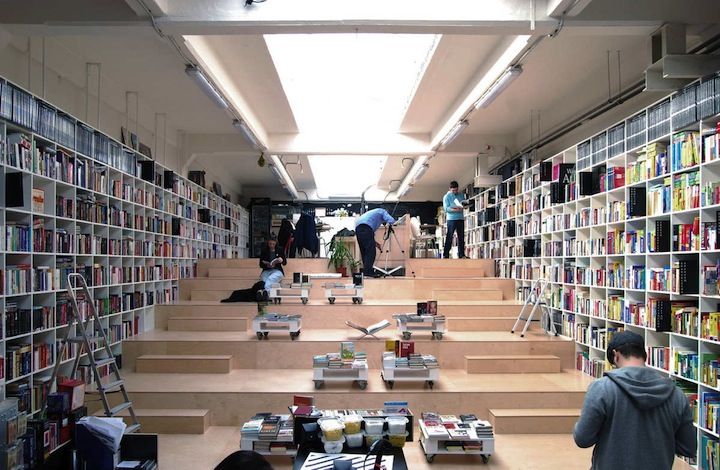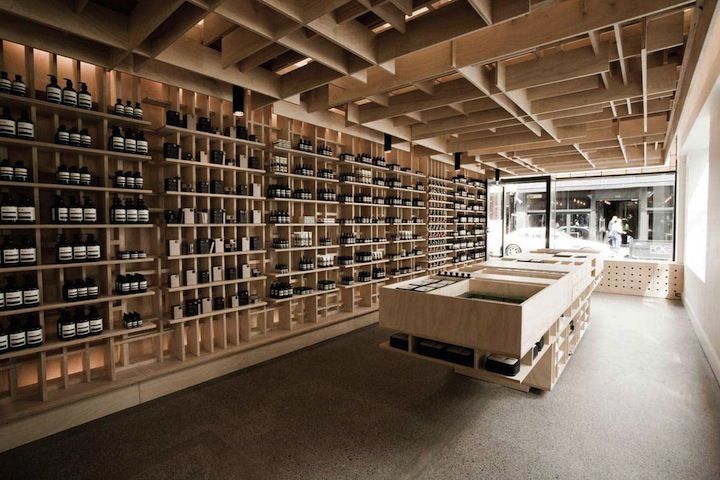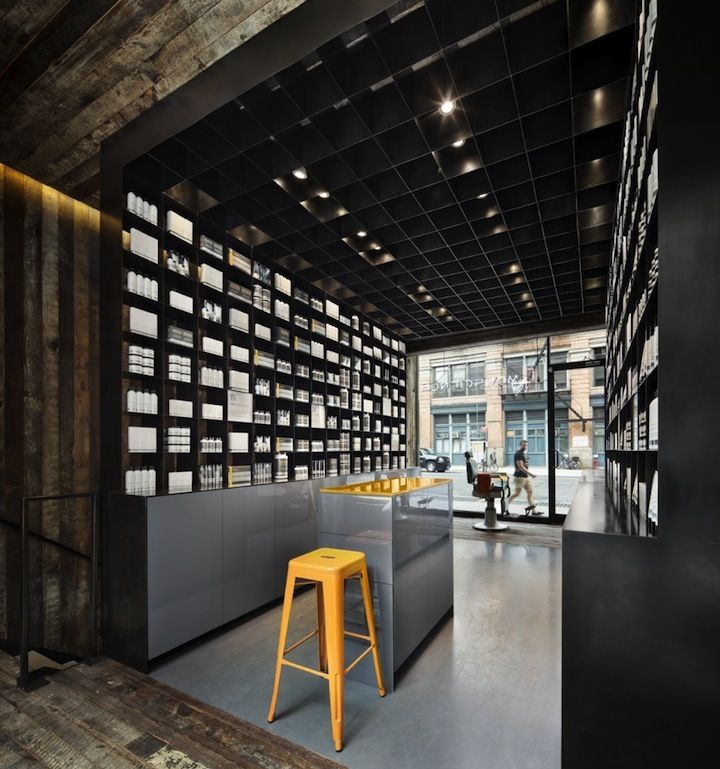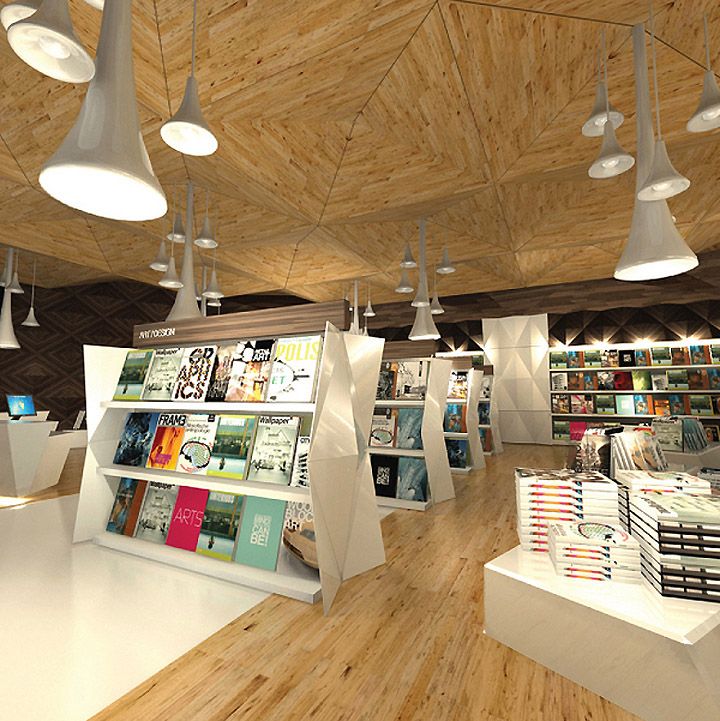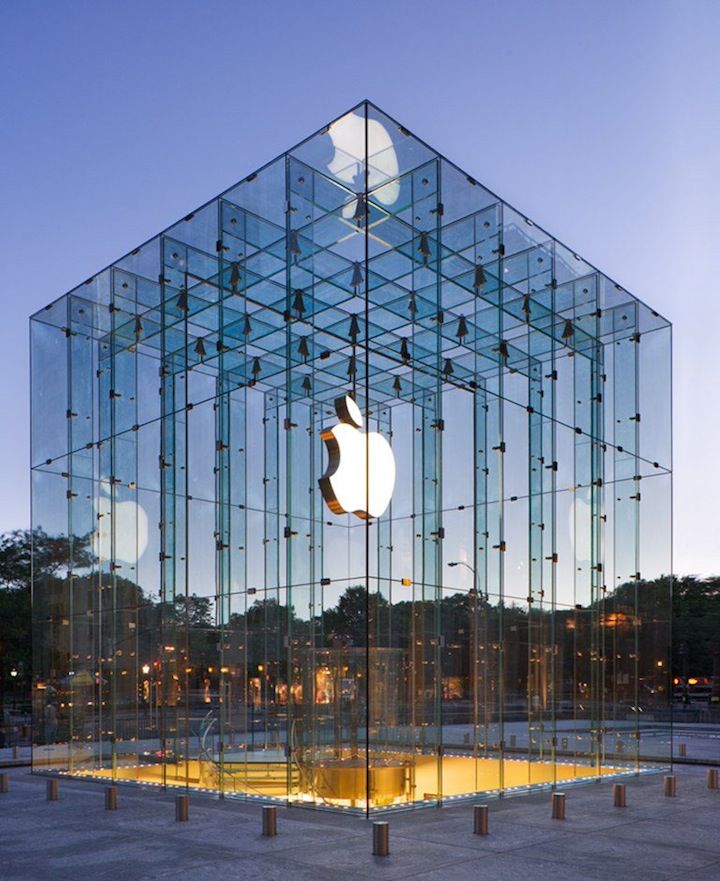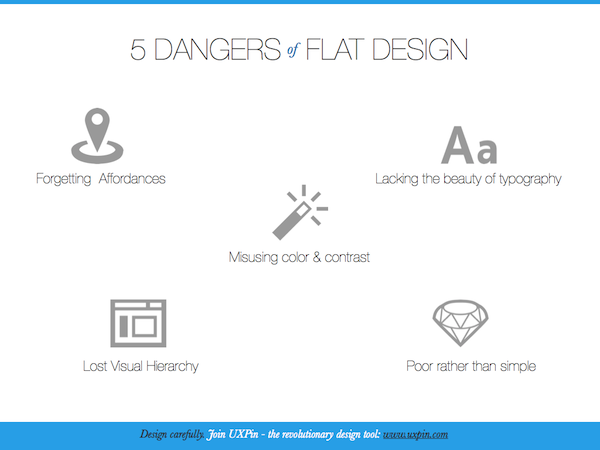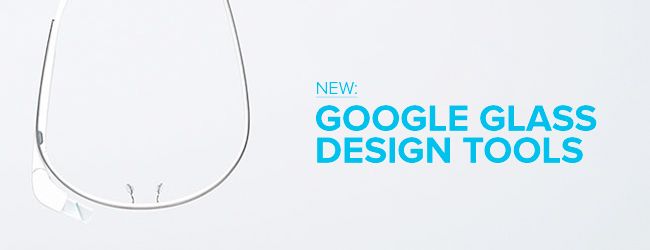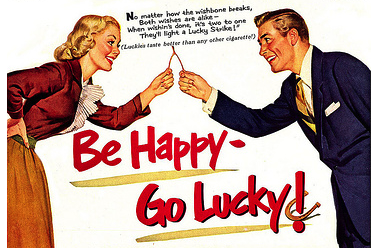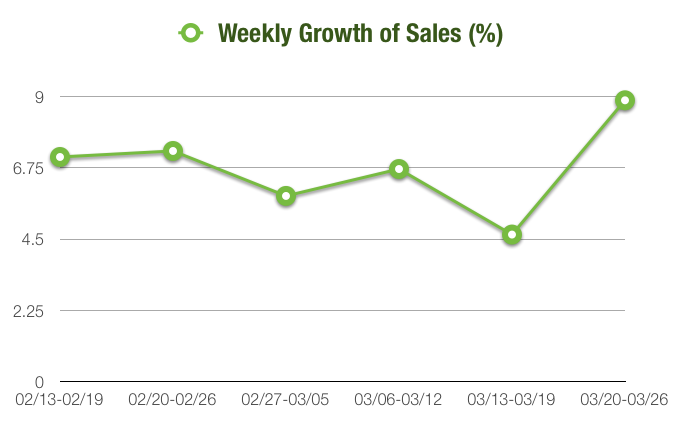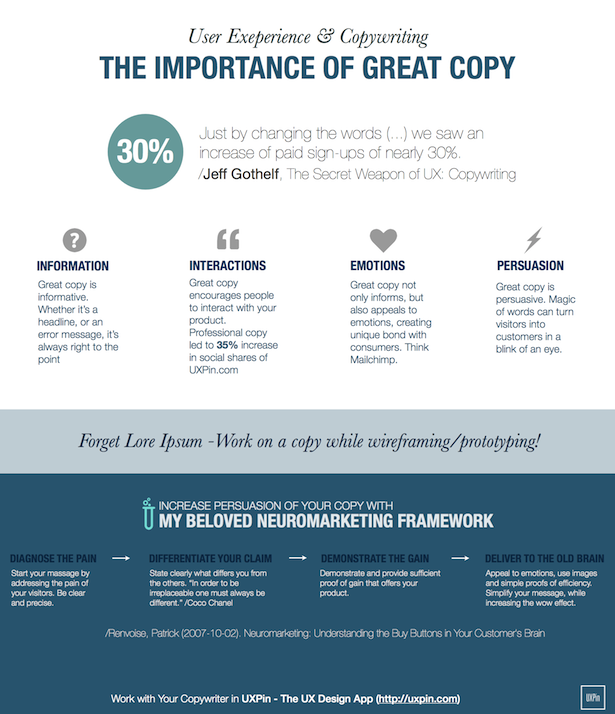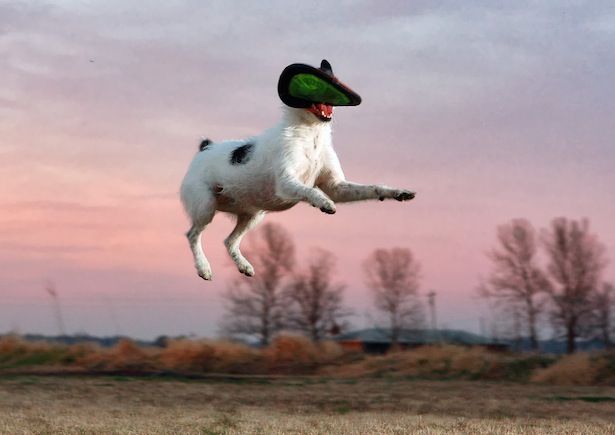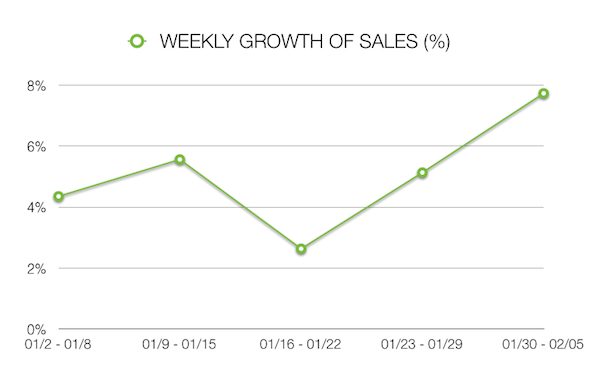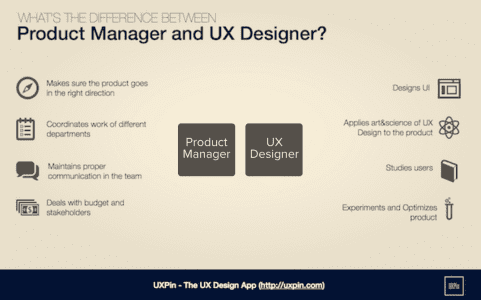How to get started in UX Design? That’s an excellent question. Although the number of design resources for beginners grows rapidly, I firmly believe that they do not offer the right approach to the problem. UX Design is a holistic approach to product & service development that requires a solid background of the right thinking habits, rather than just a set of hard skills. Take a look at the list below and let me know your thoughts.
How to get started in UX Design?
- To start with – design tools. While great designers are efficiently using their weapons of choice, tools themselves never made anybody a great designer. Most of them are so far from the true nature of the design that they can only spoil you.
- Turn yourself into a constant redesign machine. Think about how to improve any product and service that you see. Including a door handle and a coffee machine.
- Observe people around you and analyse patterns in their behaviour, problems that they encounter using certain products etc.
- Whenever you’re tempted to design something, stop yourself and try to describe: who’s the Customer, what’s the Problem and what could Solve the problem (the C-P-S Hypothesis).
- Design as little as you can. Solve problems.
When you’d feel that you mastered all the tasks above, get more practical:
- Improve experience of Facebook, Twitter… and other possible services (as an execrise, sketch or wireframe would be enough, interactive prototype and usability testing would be awesome)
- There’s couple of interesting Design courses on Udemy: UX Training – User Experience Training Online and Website Usability and User Experience Training Course
- There’s more than a couple of great blogs e.g. http://uxdesign.smashingmagazine.com, http://blog.usabilla.com, http://designmodo.com
- The Ultimate UX Design Starter Kit – list of UX resources for beginners
- Knowledge Wants To Be Free – List of articles and books written by UXPin team
- UX Zeitgeist: User Experience books, articles, topics – the list of books and articles curated by Rosenfeld Media
And build up your portfolio having in mind that even if you don’t have big clients, you can certainly help some NGOs (we’d get you a solid discount at UXPin for doing that!), or a local salesman. Any improved experienced will be a proof that you’re a UX great designer.
